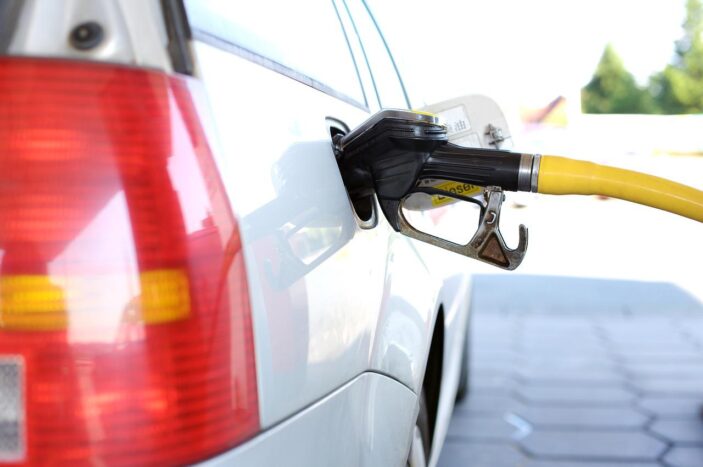A report published by Wood Mackenzie states that consumers can expect fuel prices to stay high until next year due to disruptions in Russian oil supplies and refineries struggling to satisfy demand after the pandemic. It also says that the pressure could ease in the second half of 2023, when many new major refineries, particularly some in the Middle East, are slated to begin operations.
Following Russia’s invasion of Ukraine in February, Western sanctions on Russian oil have resulted in lower Russian crude production and refinery output, as well as significantly hampered oil shipments around the world, driving up fuel prices. According to Wood Mackenzie, refinery profits from distilling crude oil into fuel such as gasoline and diesel are at historic highs of around 30 USD per barrel.
Currently, record gasoline and diesel prices in the United States, Europe, and elsewhere have reduced global oil demand by about 1 million barrels per day (about 1 percent of world demand) said Wood Mackenzie analyst Alan Gelder to Reuters.
“The system looks very, very tight until a slug of new (refining) capacity comes on,” Gelder told Reuters.
The report further stated that petroleum prices will average approximately 100 USD per barrel next year, up from 110 USD this year. Brent crude prices are now hovering around 120 USD per barrel.
According to Gelder the oil markets are going to stabilize by next year.
“Next year, average global refining margins are expected to top their five-year average range, albeit nowhere near as punchy as 2022.The refining sector is operating at maximum where possible, and prioritising diesel in particular, but supply remains insufficient to meet demand as economies continue to recover from the COVID-19 pandemic,” Gelder said to Reuters.
On other hand the report state that Europe should fear a cold winter if the Russian gas pipeline is completely stopped.
“In the worst-case scenario where the Nord Stream pipeline to Germany is shut totally, Europe will fail to reach storage levels the European Union has ordered by the start of the heating season in November. And the region could run out of stocks completely by January,” said Massimo Di Odoardo, vice president for gas and LNG research at WoodMac by email to Bloomberg.
Russia’s gas plant Gazprom PJSC has cut supply to clients in Italy, Germany, France, and Austria in the last few days, roiled energy markets and sparked a new price surge. Due to challenges with repairs of Siemens AG-produced turbines, the exporter said it had to reduce the capacity of its Nord Stream link over the Baltic Sea. Germany, on the other hand, argued that the cuts were “politically motivated” and aimed at upsetting markets.
Lower Russian supplies might undermine the summer storage refill campaign just as stockpiles were rebounding, raising hopes that the area will meet the EU target of an 80 percent fill level by November 1.
According to the data, the strain is particularly felt in the diesel and gasoil markets, which remain undersupplied by roughly 800,000 bpd. The increased fuel prices have pinched household finances, while the cost of travel has skyrocketed in many parts of the world.
The research firm anticipates that about 2.5 million bpd of additional refining capacity will be added over the next three quarters, including the new 400,000 bpd Jizan refinery in Saudi Arabia, Dangote’s 650,000 bpd oil refinery in Nigeria, Kuwait’s 615,000 bpd al-Zour refinery, and a number of sites in China, which can solve this problem to a certain level.

2 Comments